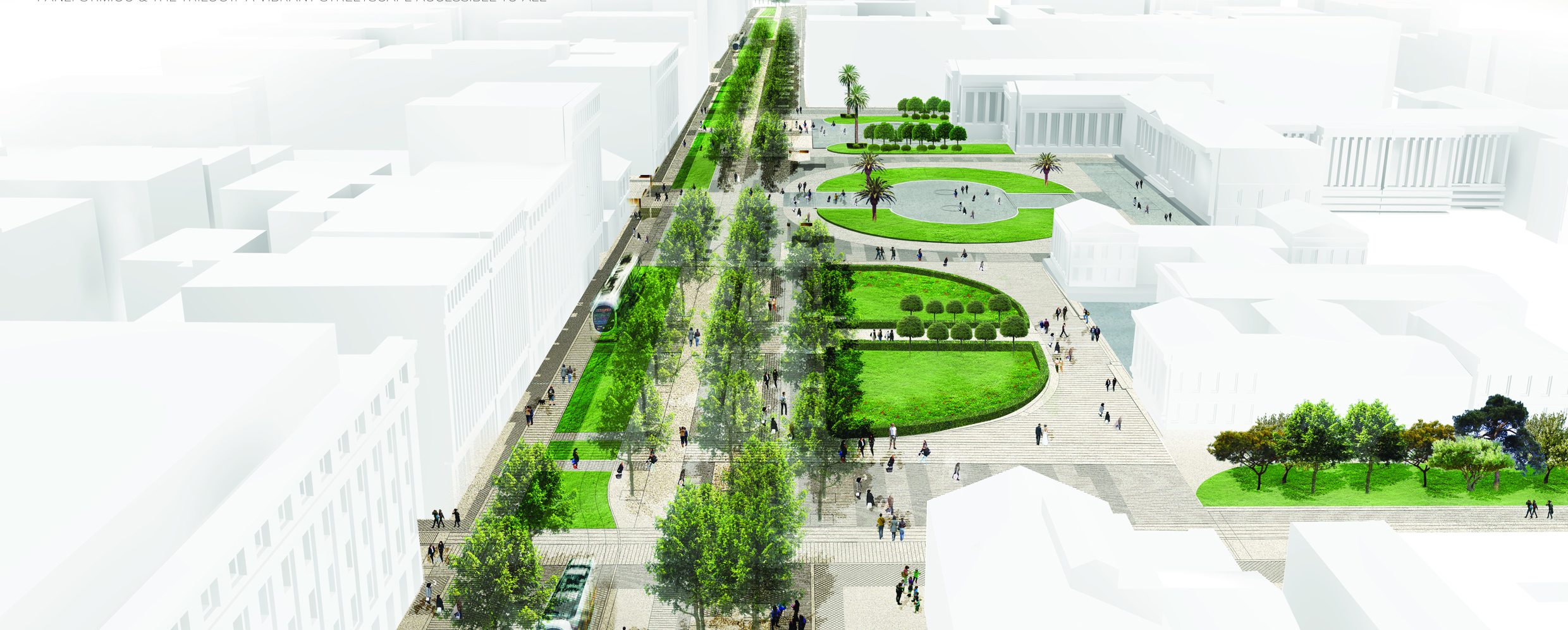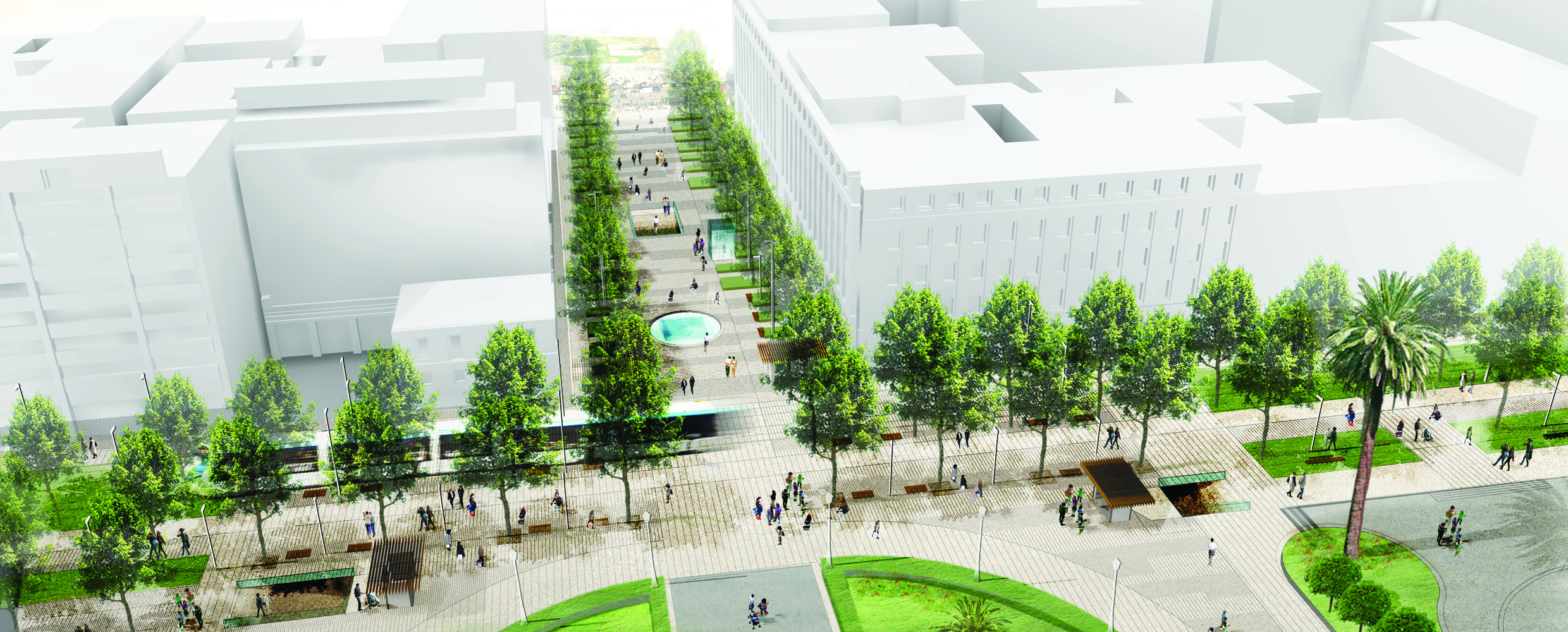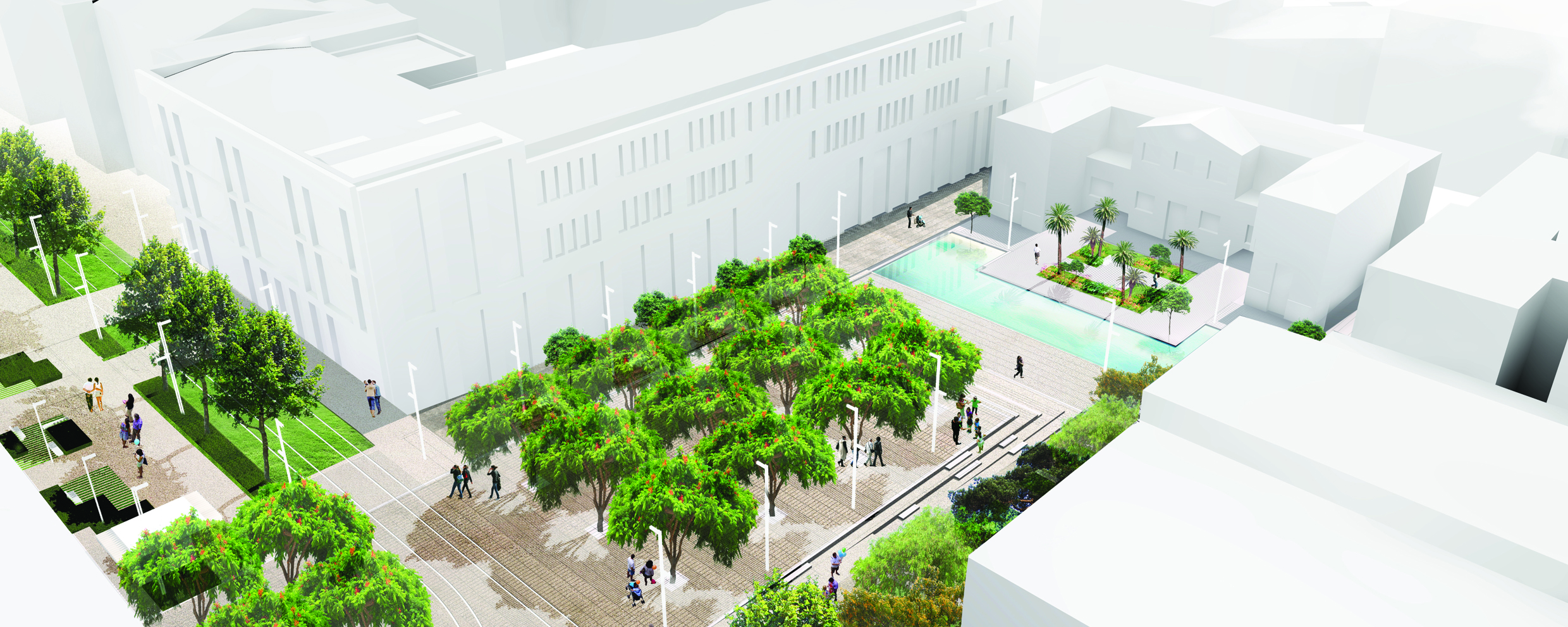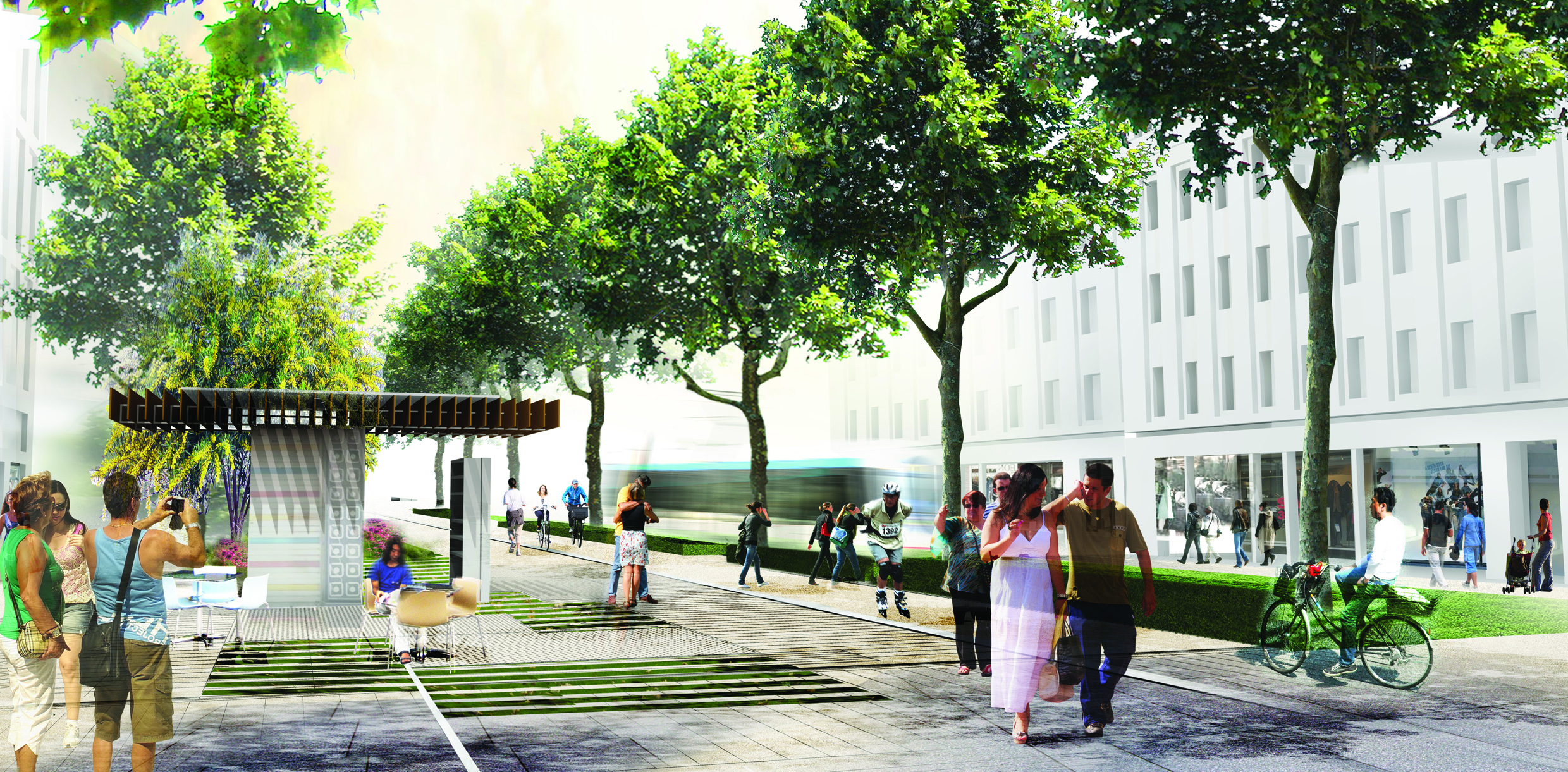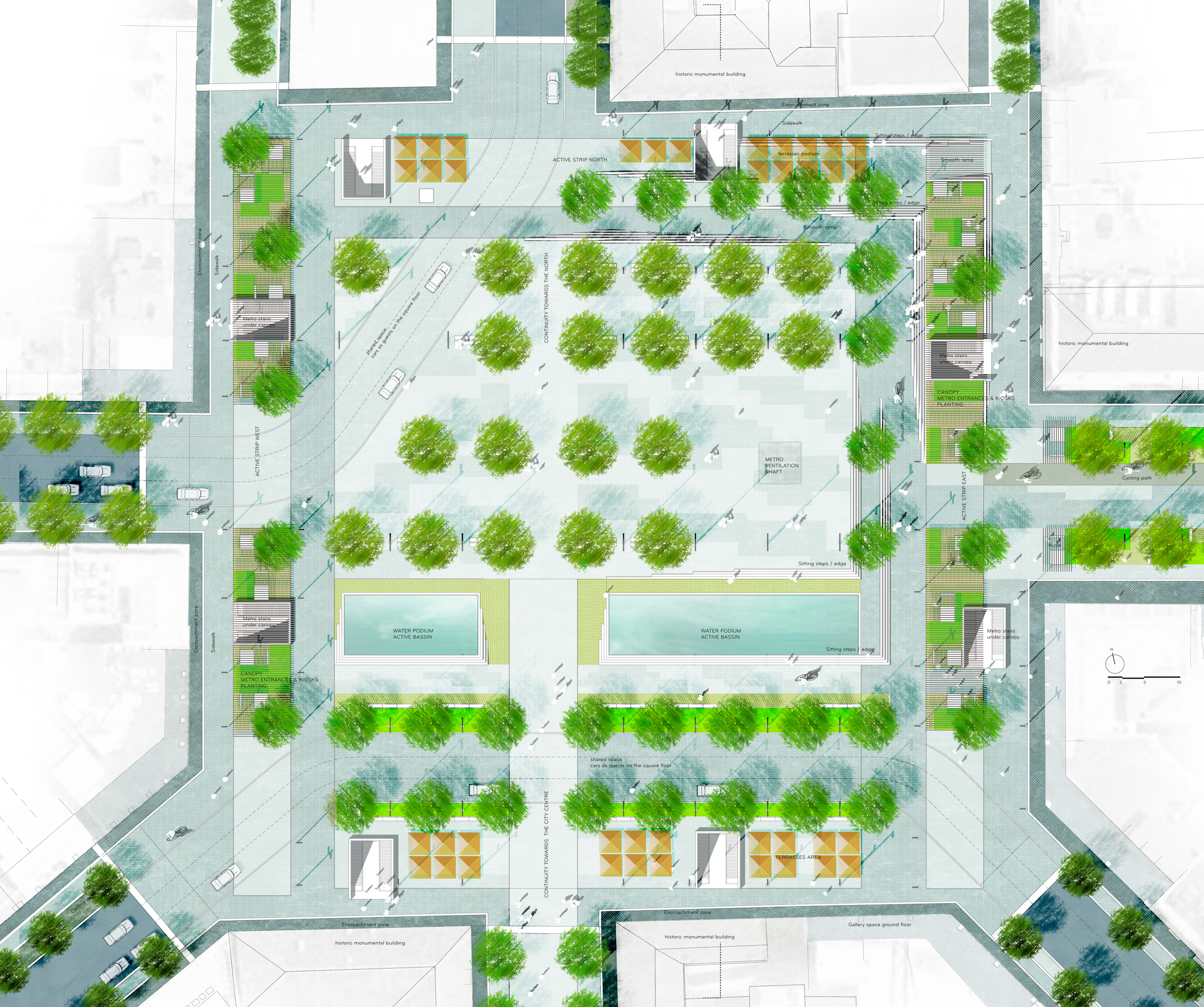Since the emergence of Modern Greece and the founding of the city of Athens as the capital of the Independent Greek State in the mid-19th century, the city has suffered a series of trials and tribulations, always struggling through whatever was thrown its way. More recently, the onslaught of urban decay and neglect has reduced the city center to place more suited for traffic, resulting in noise, pollution and the degeneration of its ancient monuments and spectacular neo-classical structures.
In particular, the area between Syntagma Square and Omonia Square are simply urban motorways, six lane traffic in a bare streetscape lacking in sufficient trees and shade. This dire need for greenery, an essential element in any metropolis in order to combat the effects of car emissions and poor air quality, is paramount and an issue which must be addressed at all costs in the not too distant future. It was this situation which spurred the Onassis Foundation to launch their initiative, to sponsor and fund a competition with the purpose of finding a solution to the present situation which would reverse the negative condition of the urban fabric and begin a program of regeneration which would allow the people of Athens to reclaim the streets and squares of this beautiful city.
The ReThink Athens Competition created a host of interest from European architects, urban planners and designers and 71 entries were received for consideration. After stringent assessment by two panels of distinguished judges, the decision was made and a winner was chosen in the form of a collective of architects and designers from several European countries, including Greece, namely: OKRA LANDSCHAPSARCHITECTEN BV, MIXST URBANISME, WAGENINGEN UNIVERSITY (Dept. of Environmental Sciences, Landscape Architecture Group), STUDIO 75 and WS GREEN TECHNOLOGIES.
The chosen design which meets the specifications of the competition in terms of aesthetics and viability promises a brighter future and a wealth of benefits for the cultural, social, ecological and economic aspects future of the area. The first stage of urban transformation begins in Panepistimiou Street, an area of great importance and the home of the ‘Trilogy’, the meeting point of the wonderful architectural monuments of The National Library of Greece, Athens University and the Academy of Greece. Within the plan, the Trilogy will become a central meeting place, a park with trees and fountains and Panepistimiou will no longer be simply a ‘street’ but a spectacular ‘boulevard’. By banishing vehicles and replacing the transportation system with a clean air tram, green spaces will become available for trees and shade, an area to be enjoyed by the residents of the city. Plans are in force to renovate the street levels of abandoned or empty buildings and make them available to cultural groups to encourage artistic events within the area.
It is hoped that when this innovative project reaches fruition, it will just be the start of a series of programs which will improve the lives of the people of Athens and be enjoyed by the visitors. A positive action in this difficult period, an investment in the future of the city which will benefit generations to come!
